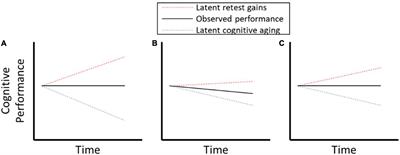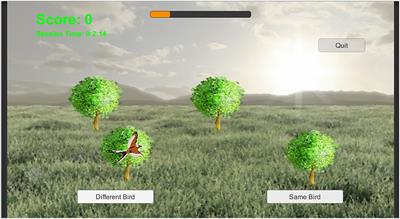EDITORIAL
Published on 18 Nov 2022
Editorial: The importance of cognitive practice effects in aging neuroscience
doi 10.3389/fnagi.2022.1079021
- 1,152 views
- 3 citations
8,075
Total downloads
37k
Total views and downloads
EDITORIAL
Published on 18 Nov 2022
ORIGINAL RESEARCH
Published on 05 Oct 2022

ORIGINAL RESEARCH
Published on 26 Sep 2022

ORIGINAL RESEARCH
Published on 23 Sep 2022

ORIGINAL RESEARCH
Published on 28 Jul 2022

BRIEF RESEARCH REPORT
Published on 18 Jul 2022

ORIGINAL RESEARCH
Published on 06 Jul 2022

ORIGINAL RESEARCH
Published on 16 Jun 2022

ORIGINAL RESEARCH
Published on 03 Jun 2022

ORIGINAL RESEARCH
Published on 25 Apr 2022

ORIGINAL RESEARCH
Published on 13 Apr 2022

ORIGINAL RESEARCH
Published on 13 Jan 2022
